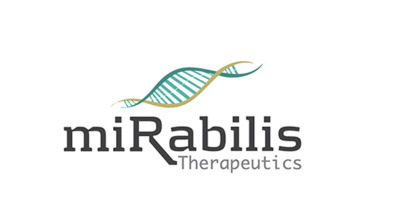Delivery of small molecules to the heart through microbubbles
The main objective of MEDIATOR was to develop a new RNA-delivery strategy, that in a spatio-temporal controlled manner, could bring microRNA-engineered EVs into animal models of cardiac pressure-overload (cardiac hypertrophy). This was done in partnership with Mirabilis Therapeutics, a biotech company focused on the development of RNA therapeutics for cardiovascular diseases. A viable strategy to circumvent the rapid intravascular degradation of RNA molecules in the bloodstream is to shield them by enclosure into nanocarriers or microbubble-conjugated extracellular vesicles.
Current treatment of cardiac hypertrophy involves lifestyle changes, and depending upon the cause, may include medication, surgery, and an implantable device for the prevention of sudden cardiac death. Treatment should be aggressive because these patients are at the highest risk for cardiovascular events and mortality. This project explored an EV formulation with improved bioactivity and capable of being delivered into the heart by systemic administration into the bloodstream, without the need of specialized medical teams and equipment. Based on our results we expect that by using this novel formulation (once optimized) we will be able to improve cardiac function and ultimately improve the health of patients. On top of improving patient outcomes, our technology could reduce healthcare costs on the longer term and open new avenues for improved efficacy and delivery of RNA therapeutics, also for other non-communicable diseases.
To address our main aim, we characterized the bioactivity of microbubble-conjugated-EV (MB-EV) complexes in vitro prior to conducting large animal studies. With our strategy we were able to deliver antimirs to the pig heart and achieve considerable inhibition of a specific RNA target. Finally, we conducted efficacy studies to prevent/revert heart failure in pigs by MB-EV complex-mediated delivery of a specific antagomir. The results seem promising but optimization is still needed to obtain conclusive results and further bring our chosen strategy towards the clinic.


